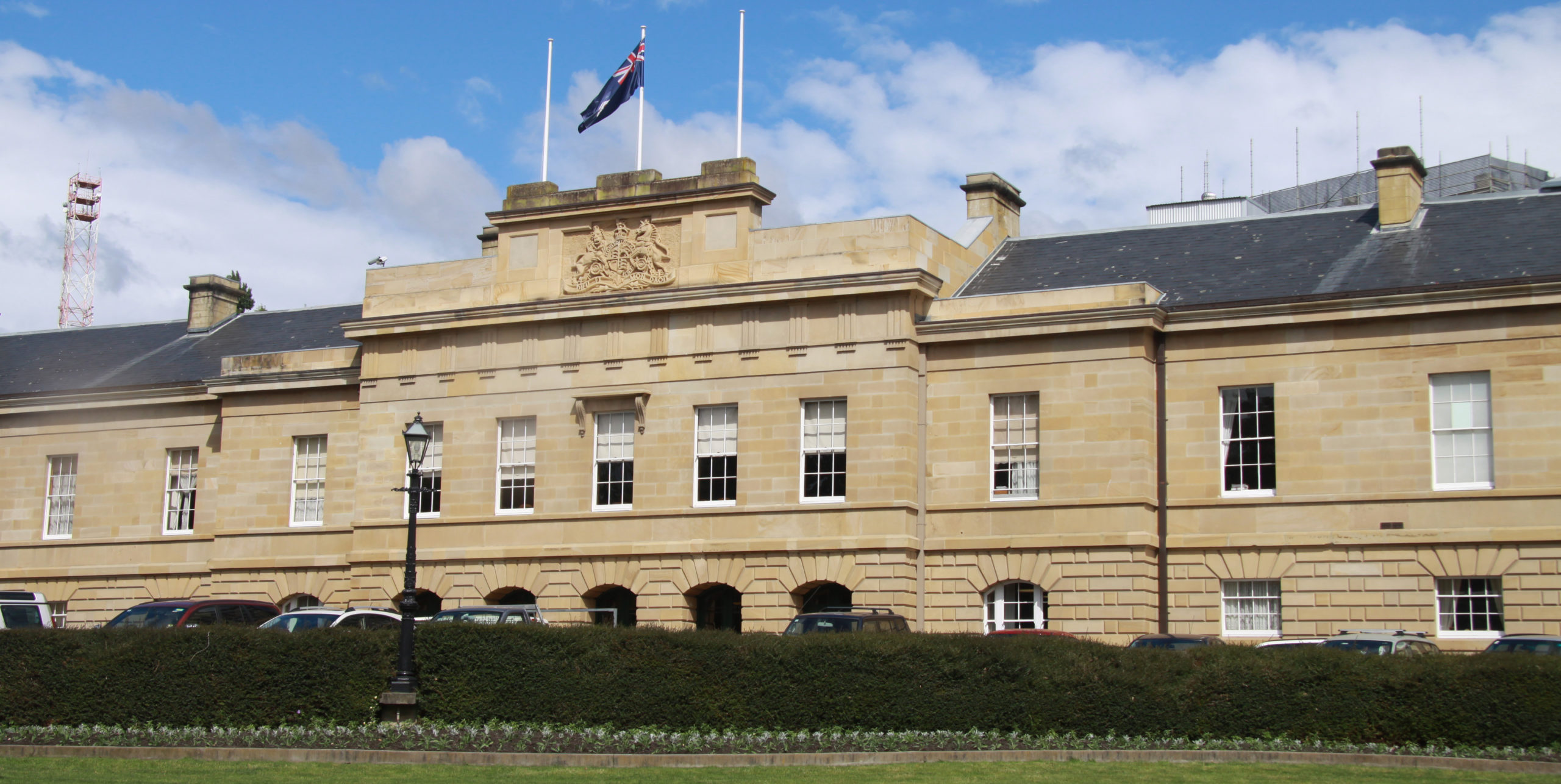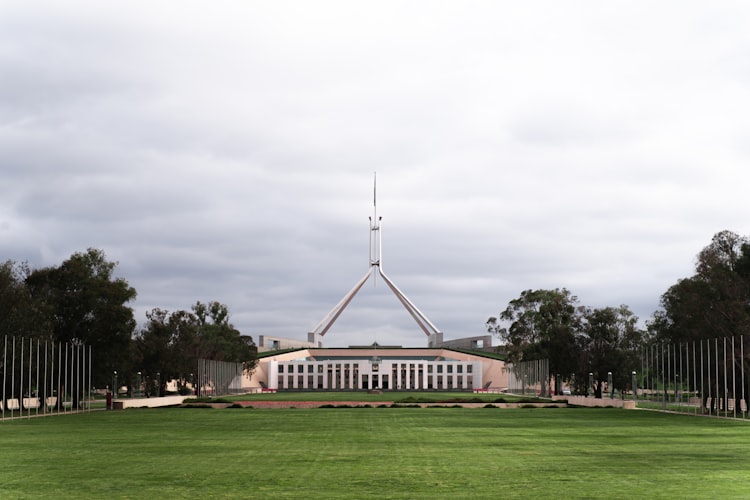Many people and report using “masking” and “camouflaging” in their lives. This is where people and replace them with neurotypical ones to avoid being recognised as neurominorities.
Author
Beth Radulski
PhD Candidate and Neurodiversity Project Manager, La Trobe University
This can changing things such as
tone of voice
facial expressions
eye contact
speech patterns, and
body language.
people make these changes in an effort to match dominant social norms.
Some -ers also embrace the concept, though remains under-explored in research.
Masking and camouflaging can cause immense for neurominorities. And they’re different to the adjustments neurotypical people make in response to social cues. While neurotypical people may moderate behaviour to enhance social success, as they are used to avoid negative consequences.
Here’s what you need to know.
How does masking or camouflaging affect neurominorities?
Masking and camouflaging are linked to:
negative
.
Yet, without masking and camouflaging many autistic people report experiencing difficulty or issues with . They may even risk .
The consequences of unmasking can be enormous. Disclosing autism can risk residency being denied, and may lead to unwanted ““. For autistic people of colour in particular, this can even result in violence from .
Reducing the need for masking and camouflaging
In my late twenties, I found out I am autistic. Suddenly, things started to make sense. From failing ninth grade, to chronic unemployment, and social isolation, I realised my disorder was causing these poor outcomes – or so I first thought.
This medical model understanding assumes disability is created primarily by a in the body or brain. That struggles autistic people or ADHD-ers face with social life, employment, or schooling are because their brain doesn’t work the way it “should”.
The asks us to rethink this. It challenges us to ask how society can change to better include (rather than seeing neurominorities as a problem needing to be “fixed”).
The on Twitter, driven by neurodiversity activists, aims to address anti-autism discrimination and boost social acceptance and inclusion.
So, how can society prevent poor wellbeing, social, educational, and employment outcomes for neurominorities? And what’s this got to do with masking?
My suggests a first step is to begin identifying how neurotypical privilege – the cultural and social dominance of neurotypical norms – drives masking and camouflaging.
My work on autism is influenced by the work of activists who have . My recent paper for an to examining why autistic people use masking and camouflaging and what changes we can make to reduce the need for them to do so.
Intersectionality identifies how forces such as colonialism, racism and patriarchy help reinforce systemic inequity.
For example, might neurominority women in male-dominated settings be under extra pressure to mask in order to “pass” as neurotypical? Might face when unmasking, in ways that most white people do not?
Perhaps one day we will see legal protections for visible neurominorities who cannot mask and camouflage, or choose not to.
In the meantime, you can support by:
learning what is and how it is perceived by neurominorities
acknowledging that unmasking and advocating for change can be for neurominorities
learning about
facilitating remote work and study options, and analysing how working from home during COVID lockdowns
using disability support resources designed by neurominorities. Try , which has resources for universities, employers, and students.
Schools, workplaces, social circles, and research institutions should address neurotypical privilege. They should empower diverse neurominority leaders, and support them to drive systemic cultural change.
This is how we can remove barriers to unmasking, and improve life for neurominorities at work, school and in broader society.
![]()
Elizabeth Radulski sits on the advisory board for Untapped.








